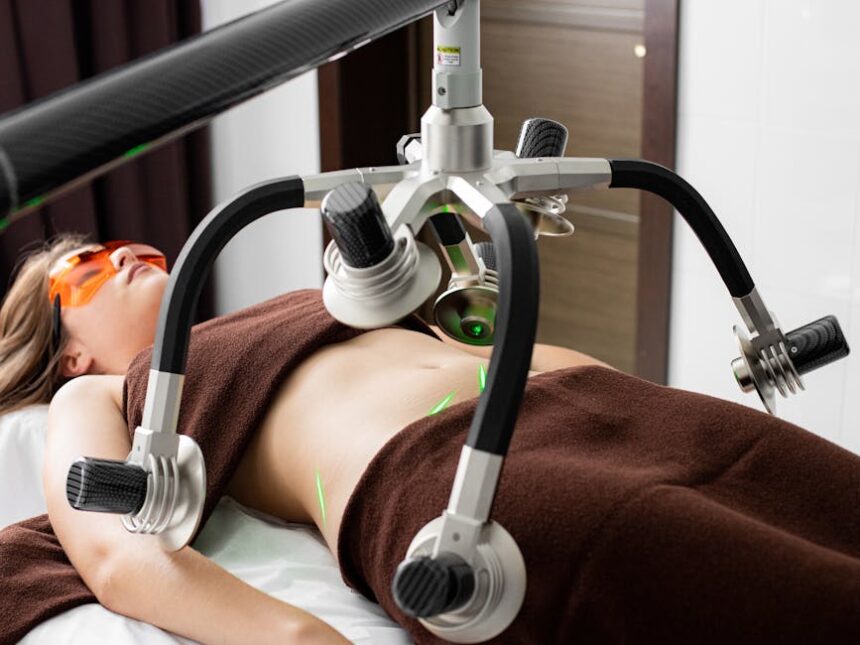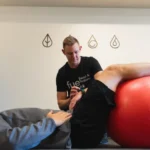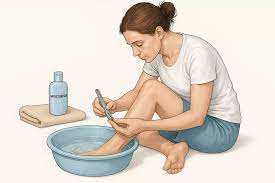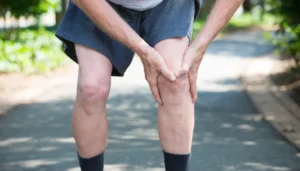Embarking on the path to parenthood after a tubal reversal is a unique experience for every individual. This surgical procedure, which reconnects the fallopian tubes, marks the beginning of a new chapter in your health and fertility journey. Understanding the recovery process and how to support your body can help you navigate the weeks and months following the surgery with confidence. Taking proactive steps may contribute to your overall well-being and prepare you for what lies ahead.
How Quick is Recovery?
Recovery time after a tubal reversal can differ from person to person. Generally, the procedure involves a brief hospital stay, typically lasting just one night. Your surgeon will provide specific instructions for your care at home. Most individuals may resume light daily activities within a few days of returning home.
Feeling tired is a common experience during the first week. Pain can typically be managed with prescribed or over-the-counter pain relievers. Many people feel ready to return to work and most normal routines within two weeks, although strenuous activities and heavy lifting are usually restricted for a longer period. Following your specialist’s guidance on activity levels will support a smooth recovery.
What Activities Support Healing?
Gentle, mindful activities can aid your body’s natural healing process. Before starting any new physical activity, it is best to check with your doctor. They may provide personalized recommendations based on your progress.
Here are some activities that may support your healing:
- Light Walking: Short, slow walks can help improve circulation and reduce the risk of blood clots. Start with just a few minutes each day and gradually increase the duration as you feel stronger.
- Deep Breathing: Practicing deep breathing exercises can help with lung function after anesthesia and promote relaxation. Inhaling slowly and exhaling completely helps calm the nervous system.
- Proper Nutrition: A balanced diet rich in vitamins and minerals supports tissue repair. Focus on whole foods, including fruits, vegetables, lean proteins, and whole grains, to provide your body with the building blocks it needs.
- Hydration: Drinking plenty of water is fundamental to recovery. Good hydration supports cellular function and can help alleviate post-surgical fatigue.
These activities are meant to be gentle and restorative. Listen to your body and avoid pushing yourself too hard, especially in the early stages of recovery. Rest is just as much a part of the healing process as activity.
How Do I Optimize Fertility After Surgery?
After a tubal reversal, many people are focused on conceiving. Optimizing your fertility involves understanding your cycle and maintaining a healthy lifestyle. Tracking your menstrual cycle can help identify your most fertile window. Ovulation predictor kits or fertility tracking apps can be helpful tools for this purpose.
A healthy lifestyle contributes to reproductive wellness. This includes maintaining a healthy weight, as being over or underweight may affect hormonal balance and ovulation. A nutritious diet, regular moderate exercise, and adequate sleep can create a supportive environment for conception. Reducing stress through techniques like mindfulness or yoga may also be beneficial.
Consult a Tubal Reversal Specialist
After a tubal reversal, open communication with your specialist is key for effective post-operative care and fertility planning. Regular follow-up appointments help monitor your recovery and provide tailored guidance toward achieving your family-building goals. Your specialist will address any concerns and offer personalized advice based on your unique situation. If you’re ready to explore your options, scheduling a consultation with a tubal reversal specialist is the first step toward receiving the information and support you need.














